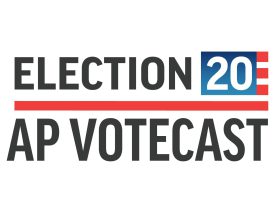
AP VoteCast, an innovative survey of the American electorate conducted in all 50 states, debuted for the 2018 midterm elections after years of testing and development. In 2018, the survey complete a massive number of interviews in a short turnaround, and its results were comprehensive and accurate when compared with key benchmarks. Specifically, VoteCast:
- Completed interviews with nearly 140,000 registered voters in just eight days leading up to the election and, for the first time, provided estimates of the electorate in all 47 states with statewide races in the midterm elections;
- Produced estimates of the composition of the national electorate within 1-2 percentage points of the 2018 Current Population Survey’s Voting and Registration Supplement estimates for all age groups, gender, racial/ethnic groups, and education levels;
- Correctly projected the winner in 92 percent of Senate and governor elections at 5 p.m. on Election Day, which is the critical time for making editorial decisions, a better track record than exit polls in recent years;
- The estimate of the national house vote at 5 p.m. on Election Day had a 9.0 percentage point advantage for Democratic candidates over Republican candidates, and the final vote count had an 8.6 percentage point advantage for Democratic candidates.
- Had an average error of only 1.2 percentage points in favor of the Democratic candidate for Senate and governor races at 5 p.m. on Election Day.
Because of their confidence in the data, both The Associated Press and Fox News used the data to call race outcomes and to explain the mood of the electorate in their election-night coverage.
For links to all VoteCast election studies, including their public use data files, please click here: https://apnorc.org/projects/ap-votecast-puf

